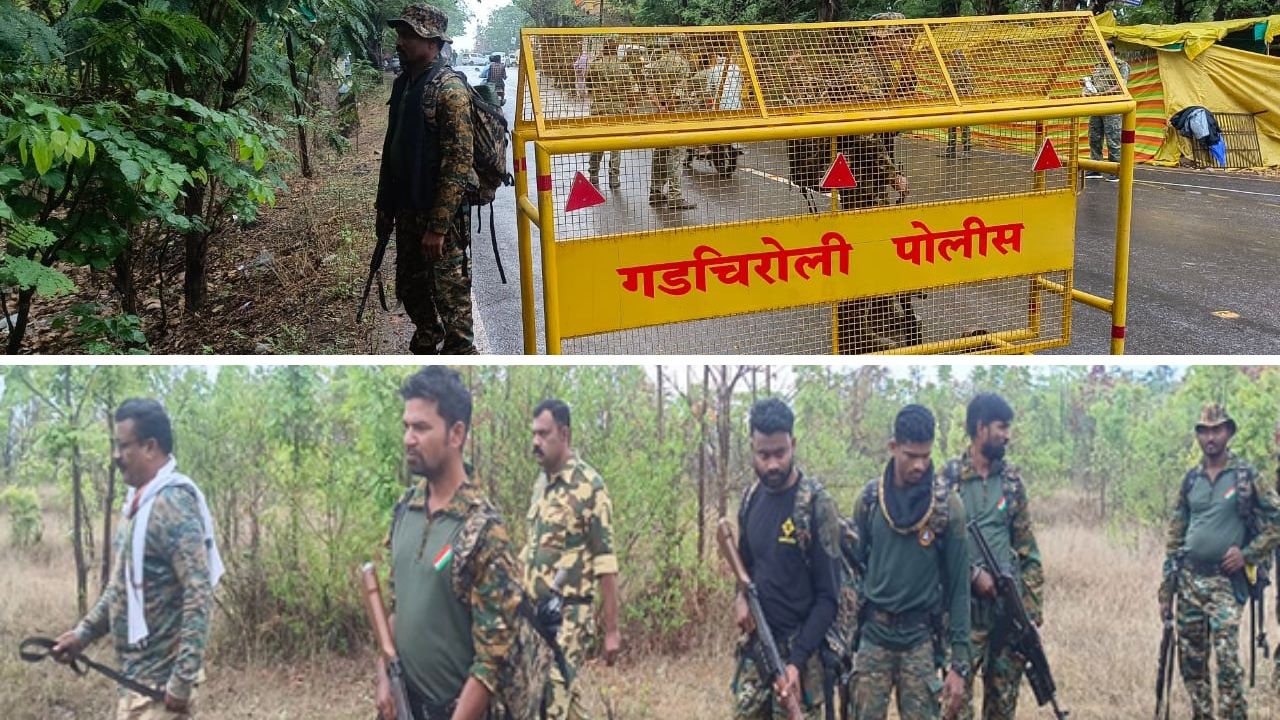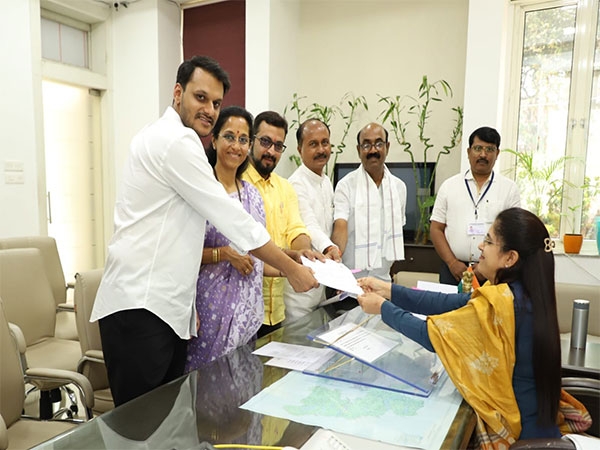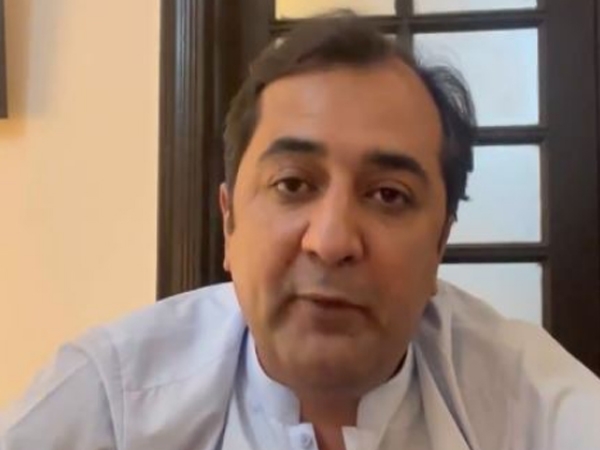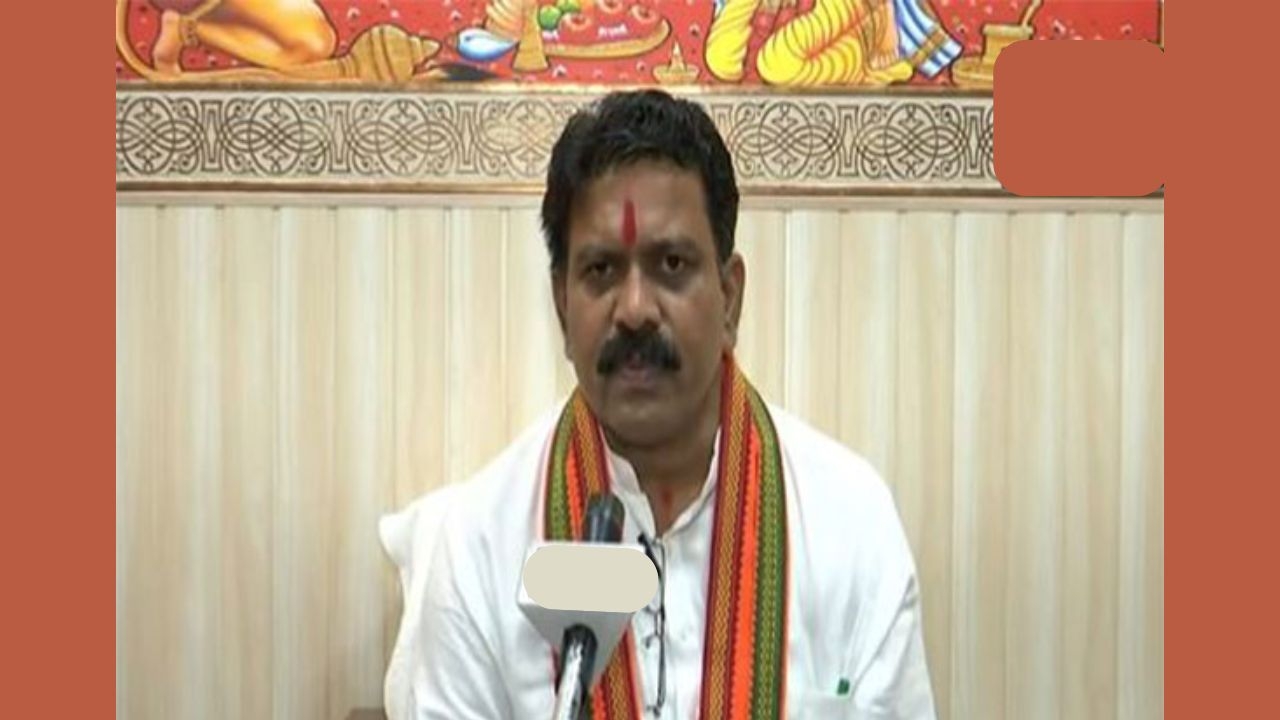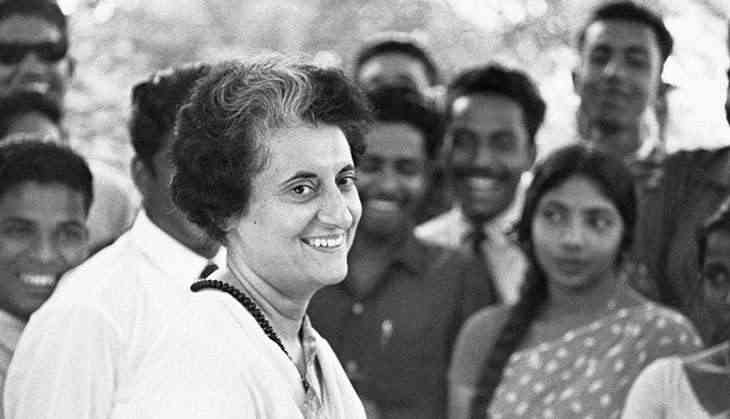
Indira Gandhi, the first woman Prime Minister of India, was a force to reckon with. Thirty-two years after her assassination, her legacy and actions are still talked about.
Today, 31 October, marks her death anniversary. Catch presents seven interesting facts about the Iron Lady of India:
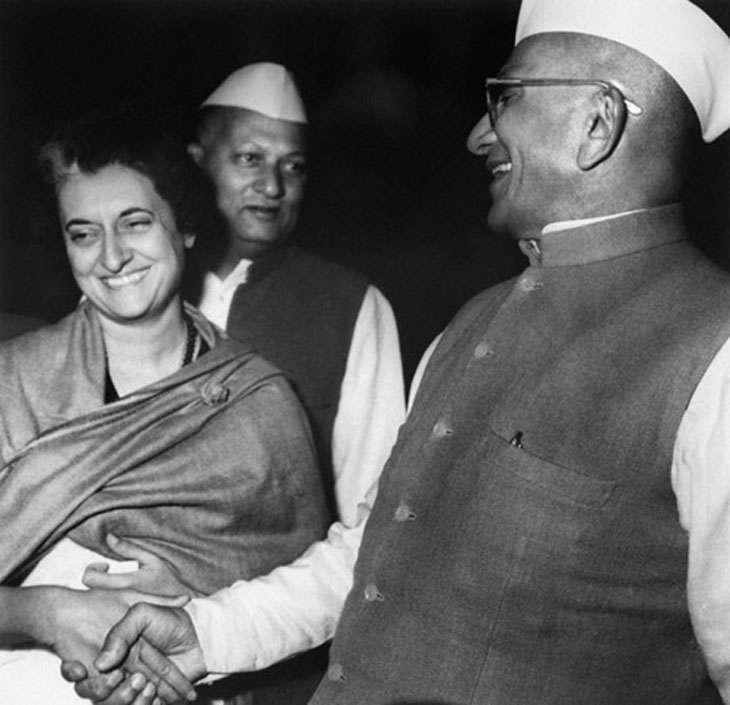
1. Senior politicians and her detractors such as Morarji Desai, would often call her 'mom ki gudiya' (wax doll), in an effort to undermine her. Over time, the 'wax doll' came to be known as the Durga after she successfully led the country with her liberation of Bangladesh and the war against Pakistan.
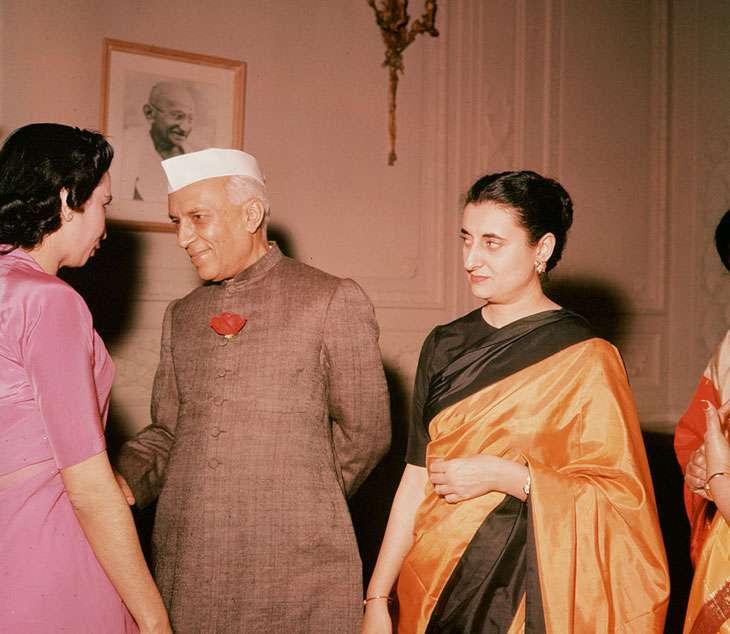
2. Indira Gandhi served her father Pandit Jawaharlal Nehru as an unofficial personal assistant for a long time. However, according to Katherin Frank's book Indira: The Life of Indira Nehru Gandhi, she wasn't keen on joining politics initially.

3. As a child and young adult, Indira Gandhi a spent lot of the time assisting her sick mother or fighting her own illness in Europe.
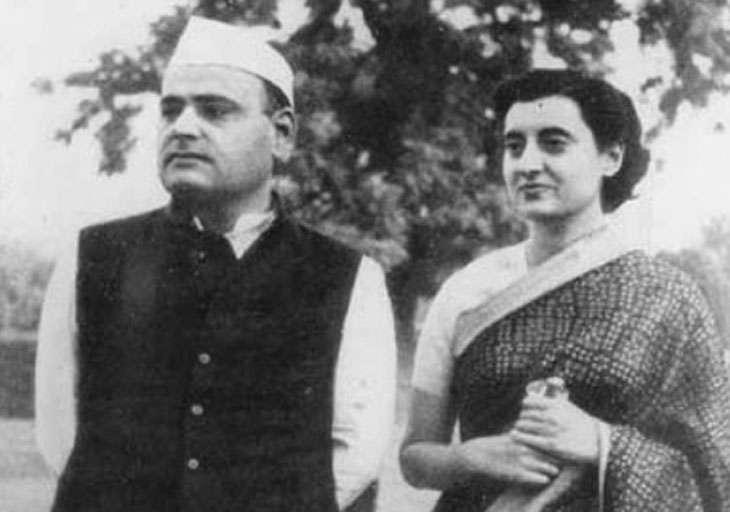
4. In order to get married to Feroze Jehangir Ghandy, some reports allege that Indira Gandhi changed her name to Maimuna Baigum. Other reports suggest that Nehru asked Feroze to change his surname from Ghandy to Gandhi. And hence, he became Feroze Gandhi. The marriage took place in London.
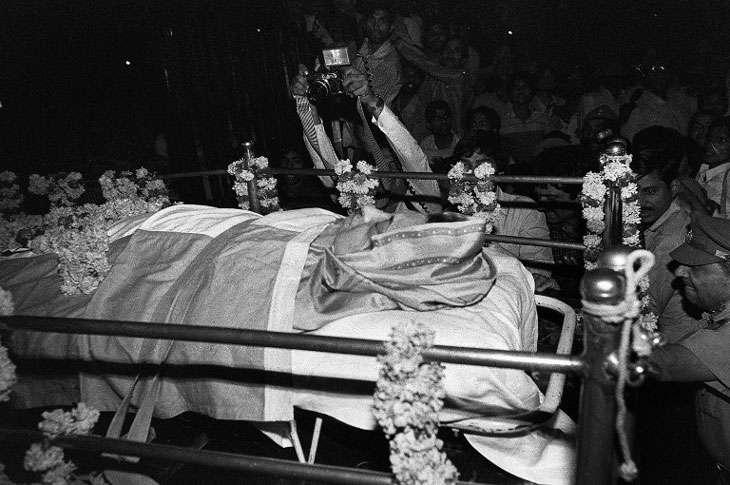
5. On 31 October 1984, Indira Gandhi was assassinated by her bodyguards, Satwant Singh and Beant Singh at the Prime Minister's residence. According to Indira: The Life of Indira Nehru Gandhi, Sonia Gandhi, at the time of the incident, dressed in a gown, ran out of the house and rushed her to the All India Institute of Medical Sciences (AIIMS) Delhi. At that juncture, no one remembered to call the hospital and update them about the incident. Once she was brought in, a junior resident recognised her and had the presence of mind to call senior doctors.
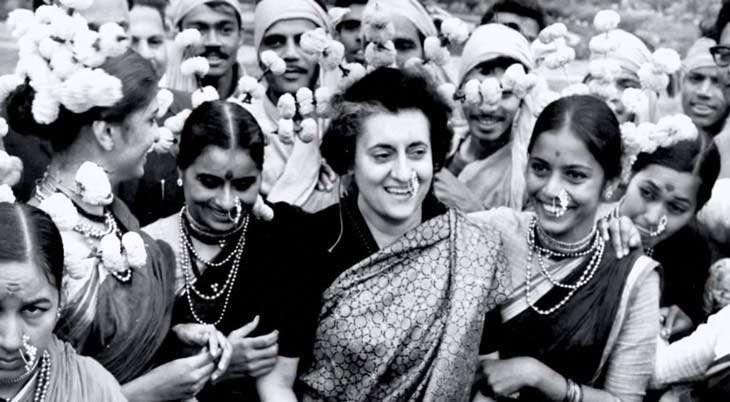
6. Gandhi was a proponent of gender equal pay for equal work. She introduced social reform clauses related to wages in the Indian Constitution.
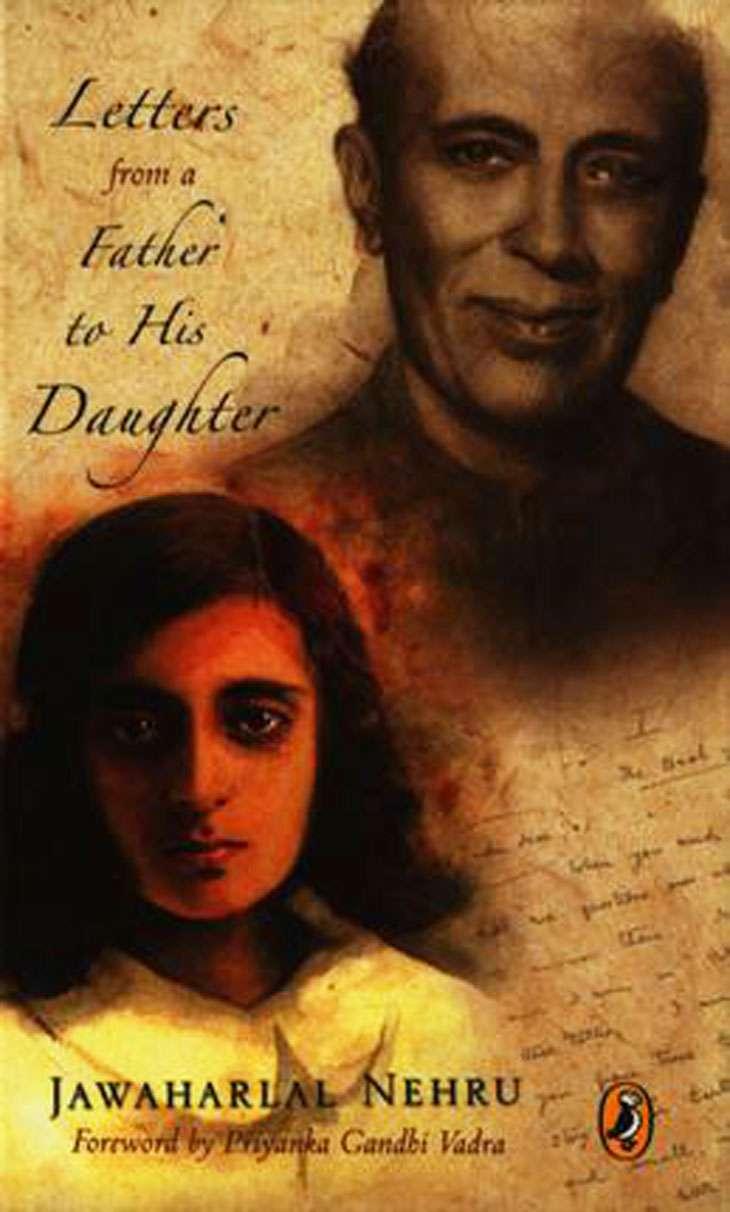
7. Letters from a father to his daughter was an attempt by Nehru to teach his 10-year old daughter about the world, natural history and story of civilisations. The letters were penned in the summer of 1928 when Nehru was in Allahabad and Indira at Mussoorie.
First published: 31 October 2016, 15:40 IST




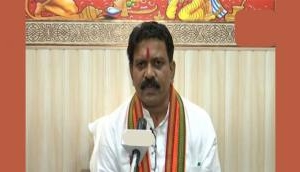
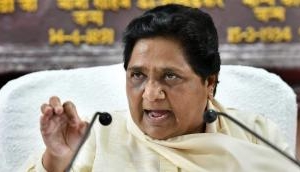
![BJP's Kapil Mishra recreates Shankar Mahadevan’s ‘Breathless’ song to highlight Delhi pollution [WATCH] BJP's Kapil Mishra recreates Shankar Mahadevan’s ‘Breathless’ song to highlight Delhi pollution [WATCH]](http://images.catchnews.com/upload/2022/11/03/kapil-mishra_240884_300x172.png)

![Anupam Kher shares pictures of his toned body on 67th birthday [MUST SEE] Anupam Kher shares pictures of his toned body on 67th birthday [MUST SEE]](http://images.catchnews.com/upload/2022/03/07/Anupam_kher_231145_300x172.jpg)


